
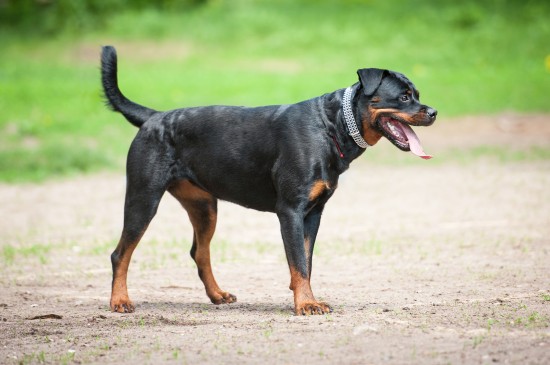
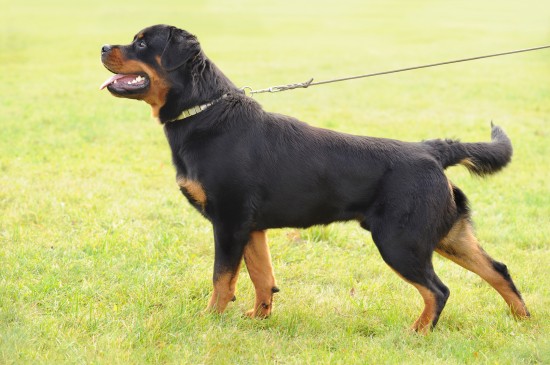
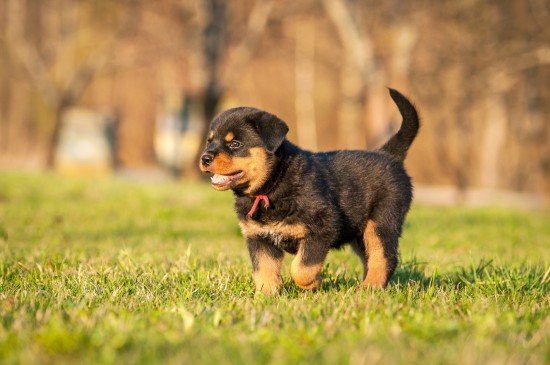
The Rottweiler is a large dog breed that originated in Germany, and is a very versatile dog that has been used in a wide variety of working roles including livestock herding and guarding, pulling carts, and for guarding property and people. The breed as a whole is one that is often misunderstood and somewhat misaligned, as their formidable appearance and strong protective instincts tend to mean that they are widely portrayed as aggressive, unpredictable dogs in films and on TV, when in reality, they tend to be calm, loyal and trustworthy.
The Rottweiler can stand up to 27” tall at the withers and weigh up to 130lb, with males of the breed being larger than females. They are stocky and muscular, and very strong, and tend to be slow moving and rather sedentary, which does mean that they have a tendency to run to fat if their food and exercise isn’t in balance. They make for excellent pets and working dogs for all sorts of people, but do require a confident owner that can manage and handle a large, powerful dog.
If you are considering buying or adopting a Rottweiler, it is of course important to do plenty of research into the breed itself and its core traits, including the general health and longevity of the breed as a whole. We will cover these elements in more detail within this article.
The average lifespan of the Rottweiler is 8-10 years, which is lower than the 12 years or so that is the average across all dog breeds of all types. However, large and muscular dogs tend to live shorter lifespans than their smaller counterparts, and at the top end of the scale, 10 years of age falls within the low average for breeds of a similar size and build.
The coefficient of inbreeding figure for the Rottweiler breed as a whole is 6%, which is just within the accepted norm for pedigree dog breeds of 6.25% or lower. This indicates that the breed as a whole is not prone to a significant amount of inbreeding in order to keep breed lines viable.
The shape and build of the Rottweiler is heavy and muscular, but reasonably well balanced and in proportion. Like all large, deep chested dog breeds, the Rottweiler is at potential risk of developing bloat or gastric torsion, an acute condition that causes the stomach to fill with gas, and potentially flip over on itself.
The British Veterinary Association and The Kennel Club recommends a number of health tests for the Rottweiler, in order to ascertain the potential to certain breed-specific health problems prior to breeding. Such tests include:
Rottweiler breed clubs and organisations also make the following recommendations for Rottweiler breeders:
As well as the concerns and conditions mentioned above, the Rottweiler breed as a whole is one that may potentially be afflicted by a reasonably wide range of other health problems too. Known health issues that may arise in Rottweilers, but for which no pre-breeding health screening is currently available are:
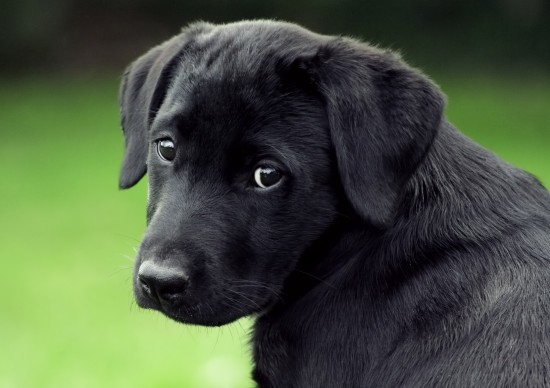 Can You Boost The Confidence Levels Of A Shy Dog?
Can You Boost The
Can You Boost The Confidence Levels Of A Shy Dog?
Can You Boost The
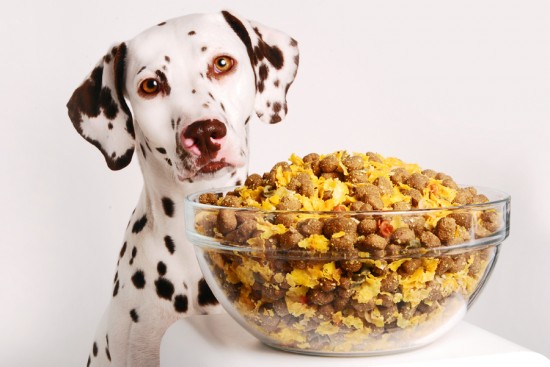 The Benefits Of Homemade Dog Food
The Benefits Of H
The Benefits Of Homemade Dog Food
The Benefits Of H
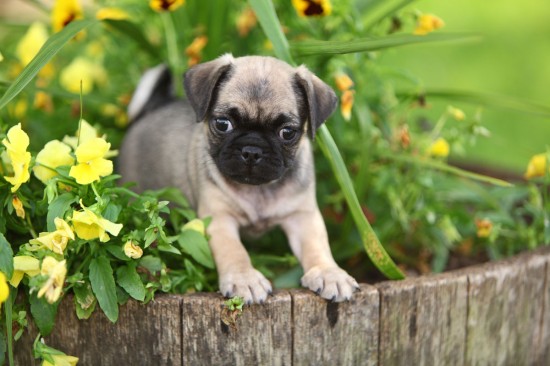 Dogs And Gardens - It Doesn’t Have To Be Difficult!
Dogs And Gardens
Dogs And Gardens - It Doesn’t Have To Be Difficult!
Dogs And Gardens
 The Often Forgotten Health Problems Obesity Causes In Cats And Dogs
The Often Forgott
The Often Forgotten Health Problems Obesity Causes In Cats And Dogs
The Often Forgott
 Humans And Their Likeness To All Other Species In The Animal Kingdom
Humans And Their Likeness To All Other Species In The Animal Kingdom
Copyright © 2005-2016 Pet Information All Rights Reserved
Contact us: www162date@outlook.com